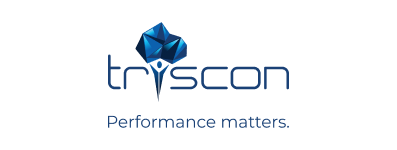What’s particularly noteworthy about this 90X boost in testing is not the overall number of tests, but the increased risk coverage. A common problem with traditional testing approaches is that they focus on counting the number of test cases run, rather than on measuring business risk. In other words, it doesn’t matter how many tests are run if teams are not testing what’s most important.
Twinformatics has been way ahead of the curve on tackling this challenge, having adopted Tosca and its risk-based test optimization approach some 16 years ago. Tosca’s combined smart test case design and requirements prioritization helps Twinformatics align testing activities with business priorities, focus software testing resources on the tasks that matter most to the business, and stop creating, maintaining, and running tests that don’t add value.
“Before Tosca, we had — depending on who you asked — something like 10-20% coverage, without really having any real idea. Now, with Tosca and our risk-based regression testing, we have a target of 70-80% coverage, with 70-80% of this coverage automated. And now we’re doing this too for load and performance tests,” explains Bonner.
One way Twinformatics is able to get the highest possible risk coverage with minimal effort is via the native Tosca-NeoLoad integration that enables you to convert functional tests into performance tests with one click. Essentially, NeoLoad takes functional tests and “flips” them into performance tests so that you don’t need to maintain two separate sets of tests for performance testing and functional testing. Just keep your functional tests up to date, and you’ve got exactly what you need.
“We don’t need to discover new scenarios for load and performance tests separately. We can use the Tosca test cases. It’s very easy; it’s only one click to define a proxy and then we play the Tosca test cases to have performance test cases recorded in NeoLoad. And if the framework parameters change, we automatically have an updated [performance] test case,” says Gaida.
This “single definition” capability dovetails perfectly with the Twinformatics risk-based testing approach. They have developed a process that ensures tight collaboration between business stakeholders and testers. “The business sees that we have coverage of business processes according to the business risks. We use Tosca requirements for business-risk prioritization, so it’s helpful when the business can see what we do and can ‘weight’ their processes. When we first started, every process was, of course, equally important. So we got together and asked, what is the impact if something fails? How often does this process run? And with that, we came up with a business-risk rating process — which is the basis for prioritizing test cases,” says Bonner.
Tricentis partner:

